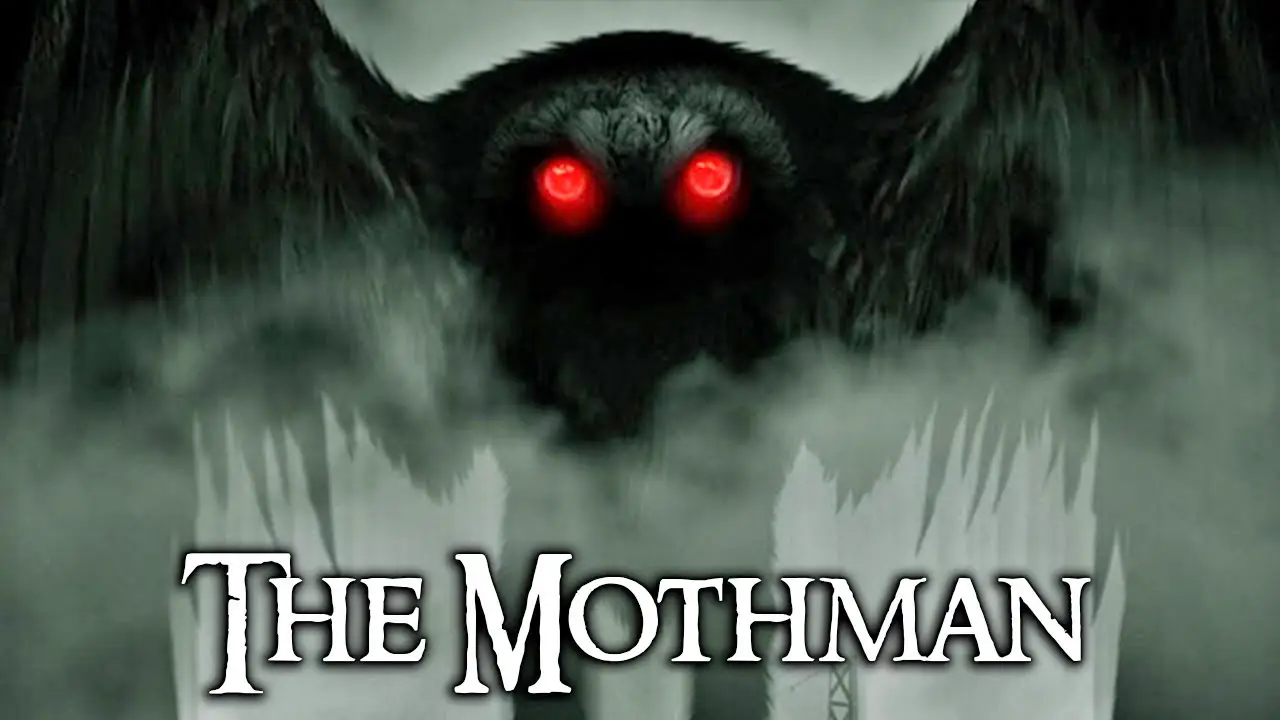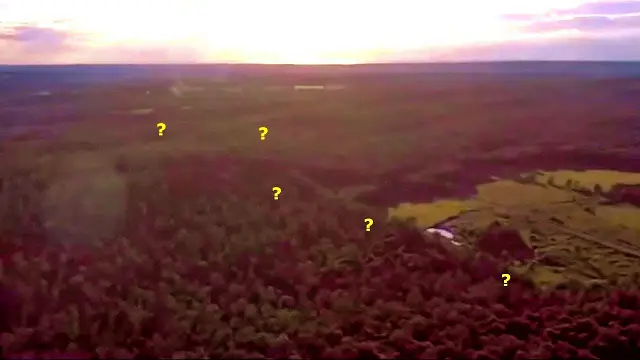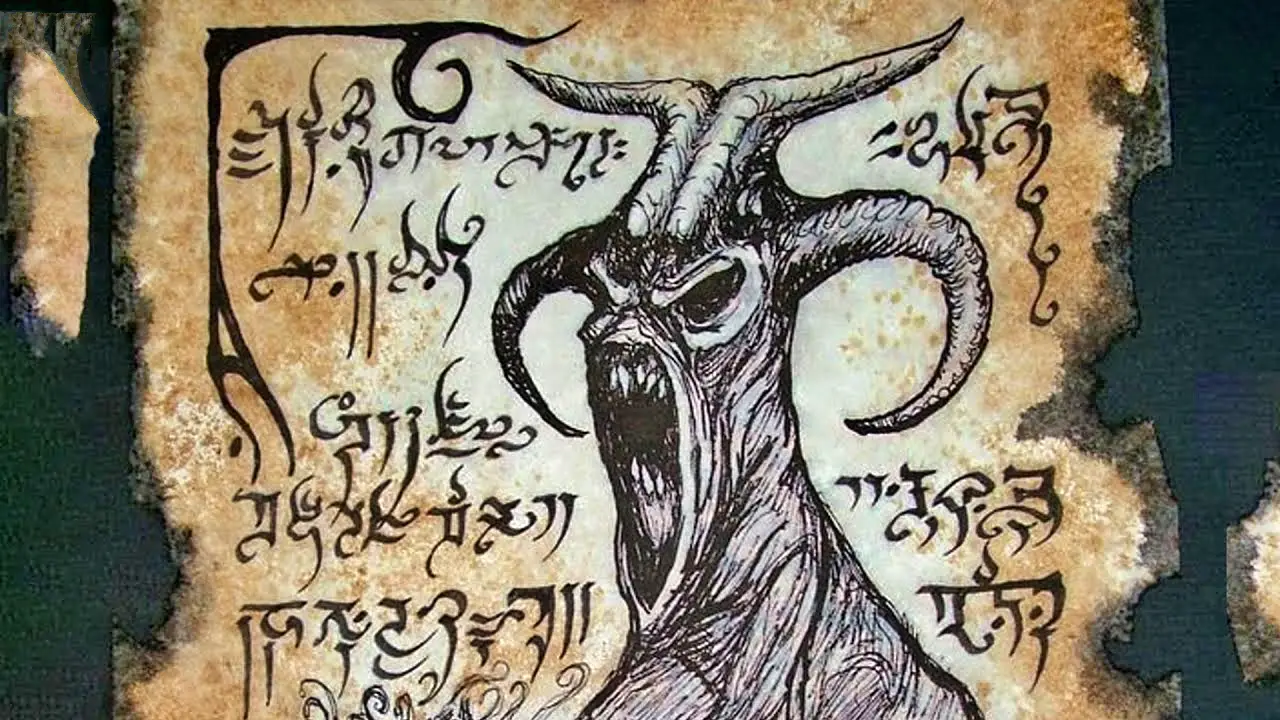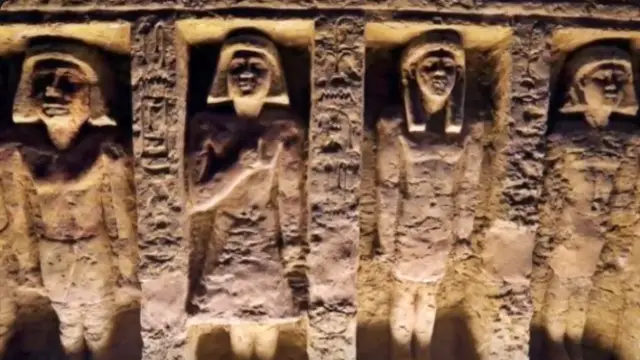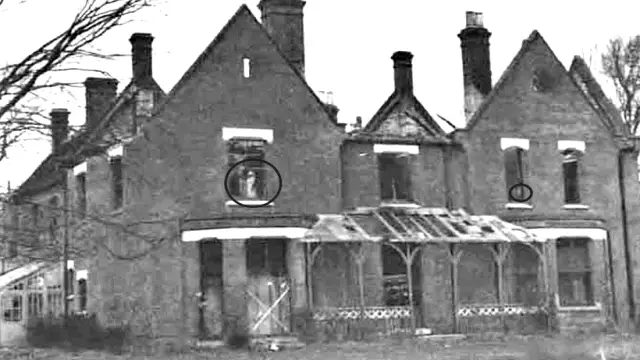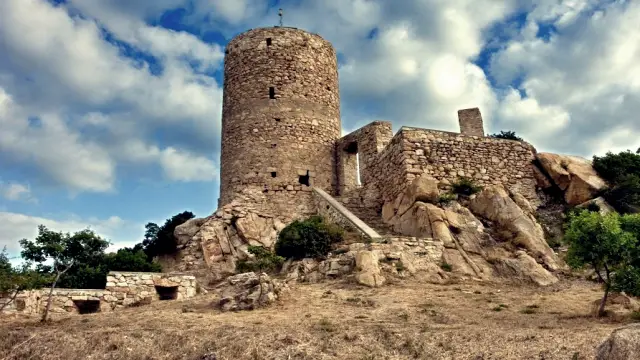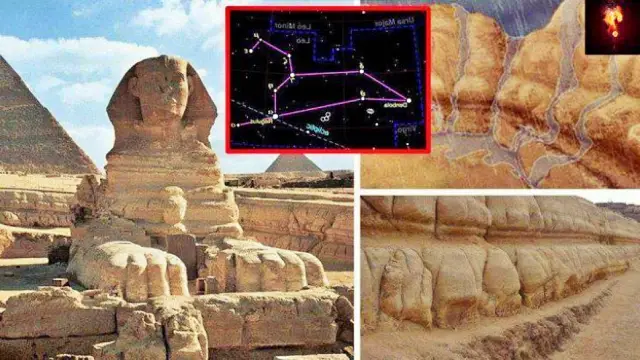Seiji Maruyama’s epic film about the Russo-Japanese war, a pivotal event of early Twentieth century history that climaxed in the Battle of the Tsushima Straits in May 1905, has much in common with other big ‘60s sagas. Sweeping in scope but essayed essentially as a series of interlocked vignettes held together by Toshiro Mifune’s star presence as Admiral Heihachiro Togo, Battle of the Japan Sea is an intermittently strong film that seeks to sustain a simultaneously grand, but also nuanced approach to the subject matter, and for a depiction of a great national victory, it’s a surprisingly thoughtful, restrained work.
Patriotic arousal is the ultimate goal, but not before a lengthy and serious scrutiny of Japanese history at a fateful pivot, at a time when it was an international underdog set to stun the world with a fast and powerful leap into the Twentieth century’s epoch of ironclad war. Toshio Yasumi’s script presents episodic incidents describing the schism between personal emotions and scruples, and adherence to the peculiar national warrior code as well as versions of patriotic duty.
The main problem with Maruyama’s film is that, like the many works from this period of cinema that tried to encompass big military campaigns as a subject for epic cinema, we get lots of scenes of uniformed men hanging around offices delivering exposition via strategic arguments. As most of them are Japanese officers, they’re extremely stiff and dignified whilst doing so.
Yasumi’s script is frustratingly weak in integrating plot detail into dialogue scenes and character exchanges, and the semi-constant narration overlays many scenes affects a cool, docudrama approach, but often feels at once pedantic and pointless. As the narrator continues to recount dry military factoids obliviously over footage of soldiers dropping like flies before Russian guns and lying scattered across a field, a sight reminiscent of the climax of Kurosawa’s Kagemusha (1980), Maruyama achieves a deadpan disparity that recalls Okamoto’s skilful use of the ploy of an ironically detached voice-over in Samurai (1965). But the narration continues relentlessly even through the climactic battle, which puts explanation of the nuances in battle tactics ahead of action thrills.
But Maruyama’s historical recreations are colourful, enjoying the late Meiji era vibe with the fascinating blends of Victoriana and Asian styles in clothing and setting, giving visual coherence to the portrait of a world at crossroads, inscribed in painterly colours and crisp widescreen framings by Hiroshi Murai’s photography. Maruyama, via the special effects team’s work, repeatedly offers a telling motif of the early battleships with their ungainly armour and hedgehog-like bristling guns silhouetted against the low sun, visualising the dawn of Japan’s invasion of modernity, poised at the edge of nihilistic greatness.
Whilst the film’s episodic illustrations of the war’s progress sit fairly easily in the company of contemporaneous works like The Longest Day (1962), Is Paris Burning? (1966), and Battle of Britain (1968), as a blend of realist affectation, panoramic drama, and big-budget hubbub, cumulatively the film sneakily builds some of the power Eisenstein’s Alexander Nevsky (1938) and through similar method, watching its patriotic heroes go through emotional wringers and building tension through apprehension and threat of loss, before the taciturn fearless leader leads his men into the do-or-die battle.
The film moves in fits and starts as it tries to sustain the air of factuality, commencing with the Emperor (Kôshirô Matsumoto) and his cabinet contemplating struggle against the Russians, as they’ve snapped up Japan’s mainland possessions in the free-for-all following the repression of the Boxer Rebellion.
When the Russians ignore their entreaties, war is declared and Togo is appointed as Admiral of the Fleet, facing the unenviable job of facing down a far larger military power. The most immediate task is the necessity of shutting down the fortified Russian-controlled Port Arthur and bottling up the Tsar’s Pacific fleet there. Initial attempts to block the harbour with scuttled ships are unsuccessful, as the shore artillery sinks each ship sent in for the job too soon, so troops are landed and Togo is promised by the army commander, General Maresuke Nogi (Chishû Ryû), that he’ll capture the forts. But the Russians have machine guns, still alien to the Japanese, and Nogi’s soldiers fall by the thousands, whilst Togo’s navy is badly depleted by disasters.
Things start to look desperate for the Japanese cause, especially as news comes through that the Russian Baltic Fleet has been dispatched and is steaming slowly half-way round the world to crush Togo. The linchpin character and hero, Togo, is presented as a dignified but determinedly modest man, not prone to demonstrations but keeping a lid on smouldering anxieties and gut-twisting qualms, even as he coolly and rationally plans war. He almost boils over under the expectant pressure when talking with a subordinate on the eve of hoped-for battle, and prays as an anonymous friend at a blind newsagent’s personal shrine for her son, killed in the war.
Mifune, who with greyed beard and close-cropped hair closely resembles Togo, gives a performance reminiscent of Laurence Olivier’s as ‘Stuffy’ Dowding in Battle of Britain, insofar as both men successfully quell their stardom to play stoic, anti-charismatic military men, complete opposites to the George Patton mould; at one point the narrator of this film quips about Togo carrying around his lunch box, and his moral credo, that one must be modest even in victory, permeates the film as message.
He’s counterpointed with several other figures torn by duties that clash with private sensibilities, and as the cost of war mounts, the narrative vignettes gain in cumulative power. Cmdr. Takeo Hirose (Yûzô Kayama) is assigned the important mission of blocking Port Arthur. He’s spent time in Russia on military exchanges before the war, and is troubled by the risk he takes of permanently alienating his Russian friends whilst fighting for his homeland, even to the extent of trying to write apologetic missives on the block ships.
Hirose dies because of his deeply conscientious determination to avoid any deaths in his seemingly suicidal missions under the enemy guns. After lagging behind to search for a missing crewman, he’s clipped by a shell as he and his remaining crew row away, a bleakly ironic twist for an officer who was determined to resist the death-or-glory sentiments around him.
His friend, Maj. Genjiro Akashi (Tatsuya Nakadai), with whom he debates personal ethics and warfare early in the film, is assigned to the Japanese legation in Paris and fosters war aims by financing Russian revolutionary groups to destabilise the country and gain sources of intelligence, but has to dodge assassins who gun down one of his contacts. Navy commander Kamimura, assigned by Togo to patrol vital waters, takes the brunt of disapproval when an unescorted ship is sunk and he’s condemned by the public for inaction, with his house being stoned.
He bluffs his way through a meeting with subordinates with shows of hearty disinterest, but when they remain glum, he orders them out, and then sobs shamefully in private. Nogi, pushing for desperately needed victory in his siege to ensure Togo can face the Russian fleet, sends off elite troops to tackle impossible targets, but the spectacle of needless death plus his anxiety at letting Togo down drives him to almost suicidal gestures, like standing up under enemy fire.
A British military advisor (Harold S. Conway) captains a Japanese war ship only to be killed in a sneak attack, whilst his officers commit seppuku in the flaming wreckage of their vessel after burning their war banner, with all the perverse beauty of the warrior death cult. Maruyama occasionally cuts to the Russian viewpoint, but without much conviction. The actors playing the Russians were mostly expatriate Americans (not surprisingly, the Soviet Union wasn’t in a hurry to cooperate in production) and their dialogue is understandably stilted.
One officer of the attacking Western power disdains their opponents as barbarians, a tart and relevant point of historical perspective. But the final lesson is one of respect and mercy. Patriotic sentiment isn’t restricted to the officer classes: one Japanese private soldier, before marching off to certain death, asks Nogi to personally take his money and send it to his family, whilst villagers on a remote island, the first to see the Russian fleet steaming in, band together and row for nearly a full day to get to the nearest telegraph office and warn Togo.
Maruyama offers pleasure for Japanese film buffs in seeing Ryû, reputed from his many appearances in Yasujiro Ozu’s films, and Mifune, share the screen. Ryû perhaps gives the film’s most affecting performance as Nogi, his stoic, hirsute façade subtly displaying the torments of his job, with understated relief coming when Togo visits Nogi and quietly congratulates him on his good work. Nakadai doesn’t have much to do, but seems to have fun as the glib, breezy spymaster who counterbalances his friend’s Hirose’s internationalist guilt with a pragmatic enjoyment of destabilising foreign governments, happily stroking his black cat and dodging gunmen with blasé skill.
Arguably the real star of the film, however, is special effects creator Eiji Tsuburaya, for his excellent naval battles: Tsuburaya, who died not long after making the film, had his claim to lasting fame as the maestro of the films and other kaiju eiga works. Whilst ropey in places, Tsuburaya’s recreations of pre-dreadnought battles on the high seas are a treat, surpassing then-recent example of such effects in Hollywood works like Sink the Bismarck! (1960) and In Harm’s Way (1965), and wind the film up in suitably spectacular fashion.
Smoke billows, seas boil, steel buckles, men break in a maelstrom of fire and grey metal, and gnawing doubt gives way to crushing victory. But this, in turn, concedes to a muted coda, as Togo gifts the wounded Russian admiral with flowers in his hospital bed, and walks out of the film with, the narrator tells us, the conviction that even victory in war is sad. Such touches ensure that, whilst certainly uneven, Battle of the Japan Sea is an intermittently excellent work.




